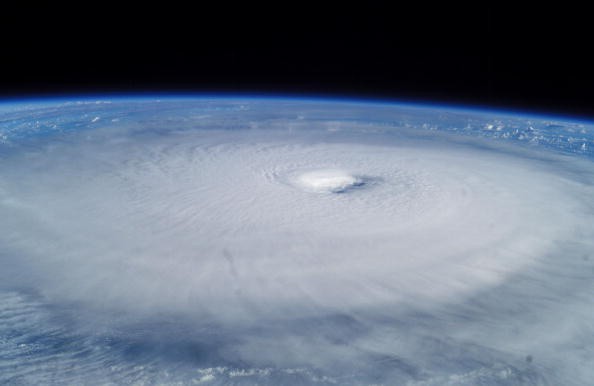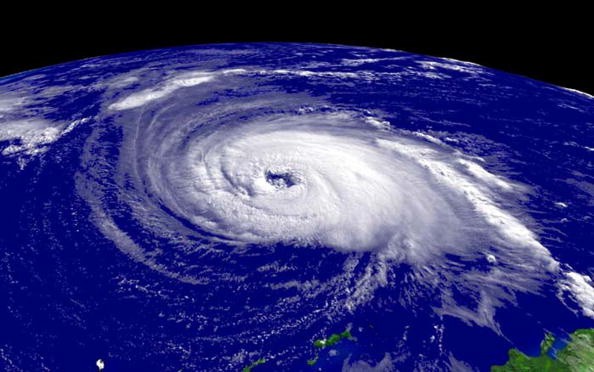Tropical Storm Carlos is slightly strengthening the eastern Pacific, but presently causes no threat to land. On Saturday morning, the tropical cyclone formed as Tropical Depression Three-E, turning into the third named system in the basin so far this hurricane season by Saturday afternoon.

Tropical Storm
As of early Sunday morning, Carlos was sited 2,000 miles east-southeast of Hilo and was moving towards the west-southwest at 7 miles every hour, the National Hurricane Center said.
The tropical storm had greatest sustained winds of 50 miles every hour with higher gusts. It is also a small tropical cyclone, with tropical storm force winds stretching 35 miles from its center. Forecasters said Carlos is not anticipated to strengthen into a hurricane as it meanders in the open ocean for the coming five days.
It isn't anticipated to move to a long distance and could pull cooler water to the ocean surface. Forecast models also call for drier air to encircle the system, keeping it from strengthening. It is anticipated to enfeeble into a remnant low by Thursday. At this point, it causes no threat to Hawaii.
2021 Pacific Hurricane Season
The 2021 Pacific hurricane season was a below-average season and since 2010 it has been the least active season. The season officially started on May 15 for the East Pacific, June 1 for the Central Pacific, and concluded on November 30. These dates historically narrate the period yearly when most tropical cyclones form in the East and Central Pacific basin and are embraced by convention.
However, tropical cyclogenesis is possible every time of the year. The season's first system, Hone developed precisely a month prior to the official start of the Central Pacific.
Hurricane Andres had an interaction with Atlantic Tropical Storm Claudette which dumped very high rainfall over Mexico which brought about $520 million in damages.

The Last East Pacific Named Storm
Hurricane Blanca was not an expensive storm but on July 3 it dumped heavy rain over the Hawaiian Islands. Hurricane Carlos became the first East Pacific hurricane to cause landfall over Mexico since Hurricane Lorena of 2019 and Tropical Storm Dolores did not lead to any deaths and damage. In August, Hurricane Kate appeared in the basin as a moderate tropical storm and got to its official peak intensity as a Category 3 major hurricane.
On August 29, Hurricane Enrique developed to become the season's strongest storm and made the most powerful landfall in both Baja California Sur and California. Tropical Depression Seven-E dumped heavy rainfall over Central America.
Hurricane Felicia was the last East Pacific named storm and turned into a Category 4 major hurricane, dumping heavy rainfall across Mexico. Hurricane Iona was the last system of the season.
The aftermath of the season was generally expensive despite being inactive with Mexico being the most affected by all of the storms, with the worst being Felicia and Enrique.
For more news, updates tropical storms and similar topics don't forget to follow Nature World News!
© 2025 NatureWorldNews.com All rights reserved. Do not reproduce without permission.





